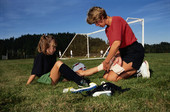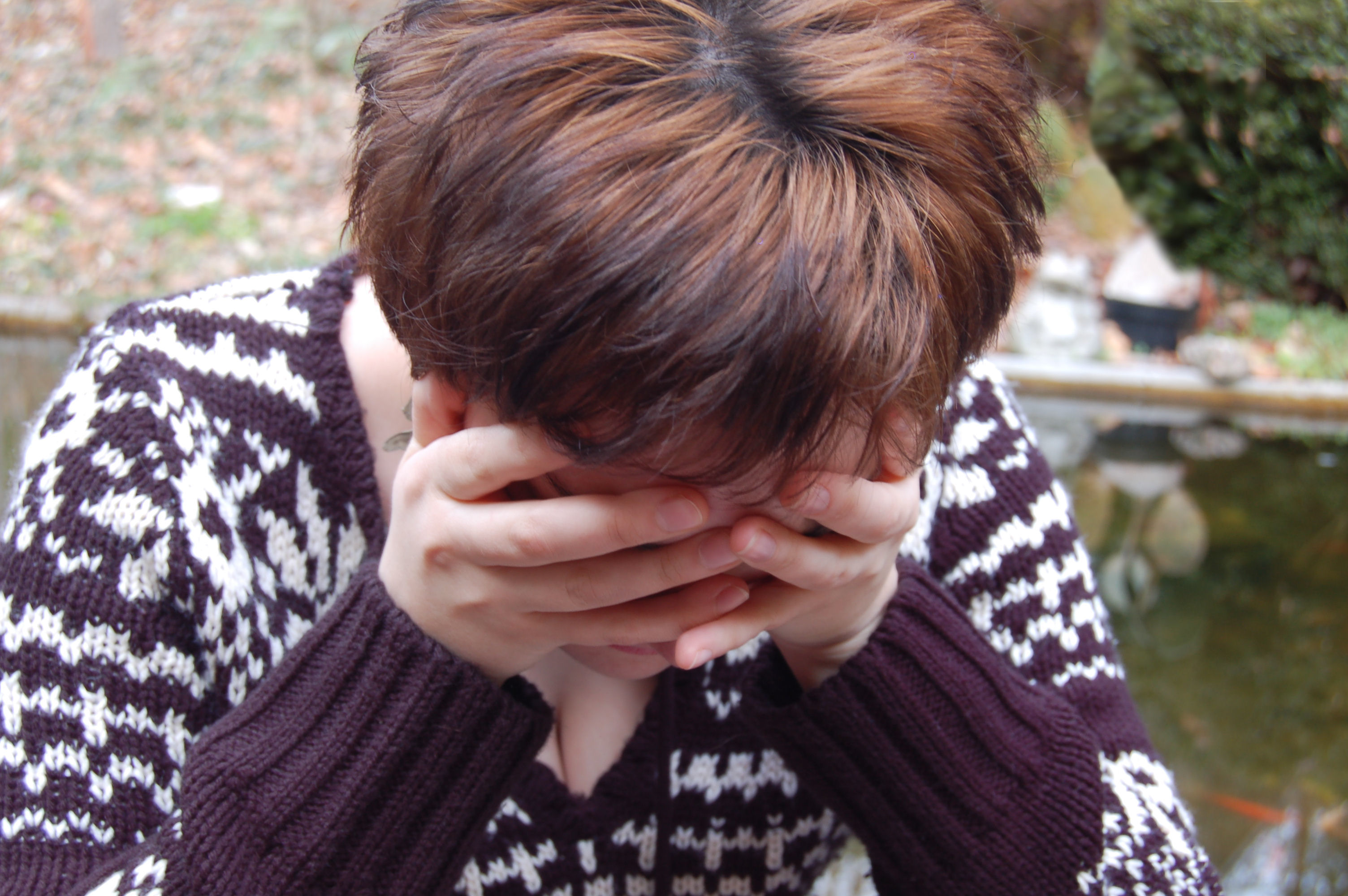
FRIDAY, Oct. 22 (HealthDay News) — Sports participation among children and teens is a welcome trend, as it teaches teamwork and lays the groundwork for lifelong exercise, experts agree. Not so good, however, are the high rates of injury.
About 38 million kids and teens in the United States are in organized sports, according to the U.S. National Institutes of Health. And about one in 10 needs medical attention for a sports injury, according to Safe Kids USA, an advocacy group.
The organization has launched an educational initiative, supported by Johnson & Johnson, aimed at reducing the injuries by educating parents, kids and coaches.
“What we are really trying to draw attention to is, a lot of these injuries can hopefully be prevented,” said Dr. Jamie Freishtat, a pediatrician, spokesperson and blogger for Safe Kids USA.
The wide range of injuries includes scrapes and bruises, sprains and strains, head injuries, heat-related injuries, and even death.
Some injuries are what doctors call acute — a fracture or torn ligament are examples — or caused by the gradual effects of muscle overuse. “The muscle just fatigues out,” said Dr. John Hurley, an orthopedic surgeon at Summit Medical Group in Berkeley Heights, N.J., who is working with Safe Kids USA.
“These kids are specializing in sports when they are 7 or 8,” he said, and the trend is not healthy. He is against a child playing the same sport for 12 months straight because it invites overuse injuries.
Parents can do much to reverse the injury statistics, Hurley and Freishtat agreed. Their tips:
- Get a pre-participation physical for your child — even if it isn’t required. This should include an extensive medical history, including family history, Freishtat said. “The purpose is to promote health and safety, not exclude [the child from sports].”
- Help your child create healthy, realistic goals. This means such endpoints as fostering friendships, team building and sportsmanship. Unrealistic goals, Freishtat said, are expecting perfection and never allowing for mistakes. Some parents expect all kids to perform equally, she said, and that’s also not realistic.
- Mix up the sports. Such cross-training is good, Hurley said. Strength training can help reduce over-use injuries, too, he said. Kids can start at 10 or 11, with their doctor’s permission, using light weights and multiple repetitions.
- Be involved in your kids’ sports. That doesn’t mean coaching from the sidelines, Freishstat said. Rather, have conversations with the coach and ask about healthy practices such as water breaks (every 20 minutes) and whether the coaches are certified in CPR and first aid.
- Don’t skimp on equipment. Proper equipment — helmets and shin guards, for example — can go a long way toward preventing injury, experts agreed. “Make sure it fits correctly and is well maintained,” Freishtat said.
- Pay attention to your young athlete’s symptoms and mood. Forget the “tough it out” approach, Freishtat said. Some soreness is normal, but not long term. “If a child is sore for more than a week or two, something is going on,” Hurley said.
The advice hits home for Wendy Ferrara of Mt. Arlington, N.J., whose son, Andrew, now 13, tore a ligament when pitching in a championship game last spring. “He had been experiencing some arm pain,” she said, but he and his mother thought it was normal aches and pains.
During the big game, a fastball escalated the pain. “When I pitched that ball I heard a crack and a pop in my elbow,” Andrew said. Soon after, an MRI showed a partial tear of an elbow ligament.
Hurley, who cared for him, gave him strict orders: No pitching for a year.
The year is up next May, and Andrew is abiding by doctor’s orders. After 18 physical therapy sessions, his elbow is much better. But now, Andrew mixes it up. He’s playing football this fall, leaving baseball for a time.
“I love to pitch,” he said. But he’s thinking long-term. So he’ll wait it out, cross train, and pay much more attention to pain in the future, he said.
More information
To learn more about keeping kids injury-free, visit Safe Kids USA.

